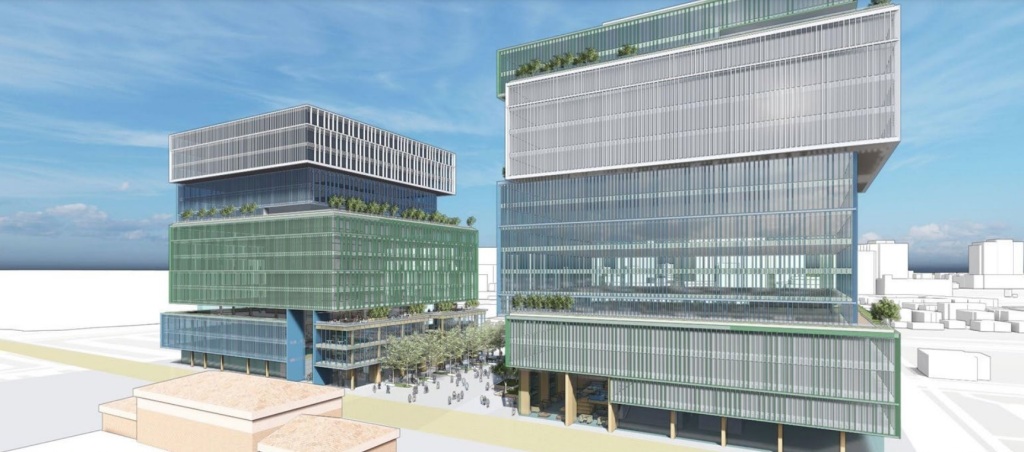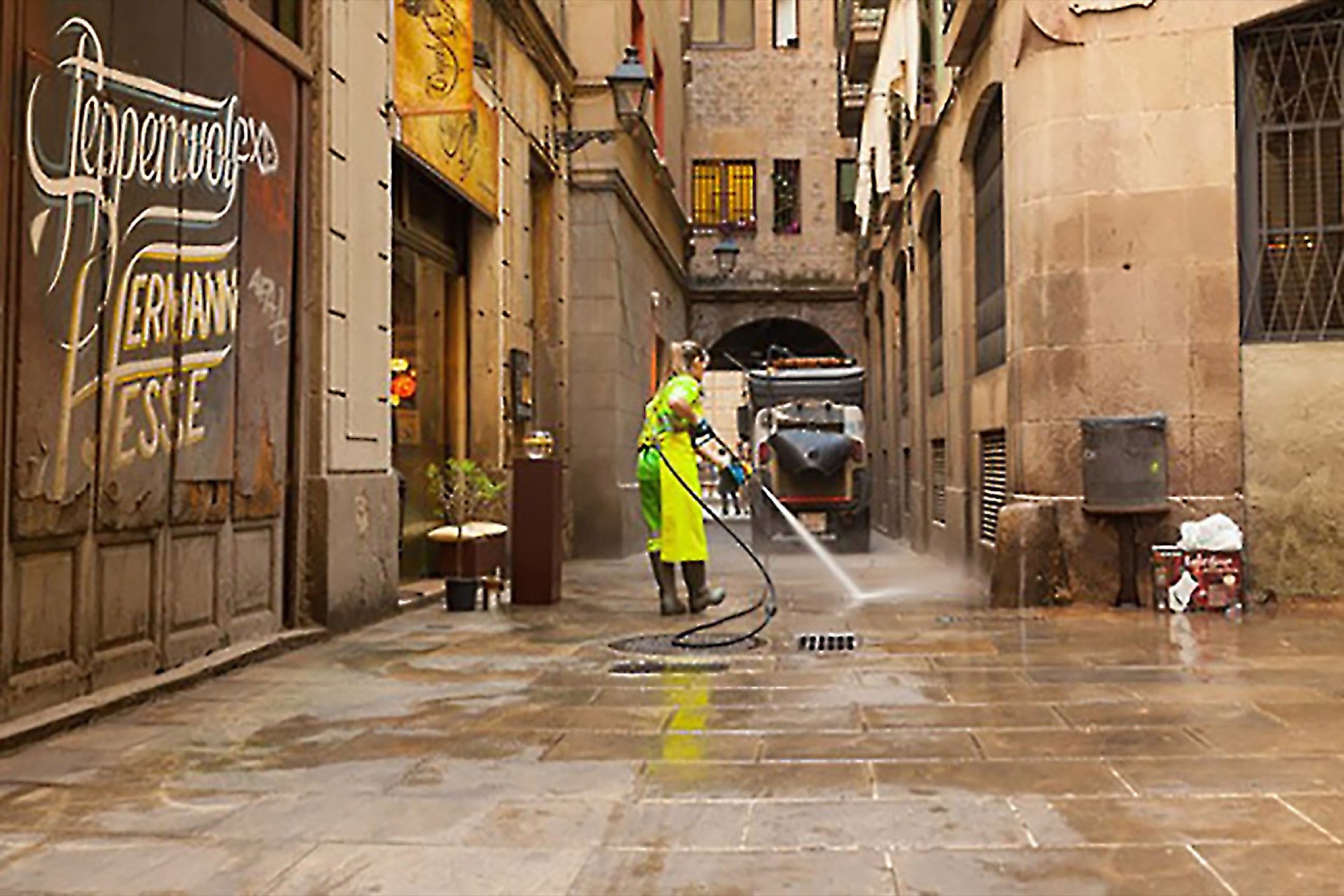
SAN JOSE — Caltrain is rolling forward with plans for two office towers in downtown San Jose totaling more than 1 million square feet, a project that would craft a gateway for Google’s proposed transit village.
The proposed towers would rise on a site bounded by West Santa Clara Street, South Montgomery Street, Stover Street and Cahill Street, according to a Calrains update regarding the transit service’s real estate plans next to Diridon Station.
“A transit-oriented development that will deliver more than one million square feet of office on Caltrain’s high-profile site across from San Jose’s main transit hub” is how Caltrain describes its project, the update states.
The towers would total 1.09 million square feet of office and retail space. This includes 1.05 million square feet of offices and 46,000 square feet of “ground-floor active uses,” the Caltrain proposal states. These ground-floor spaces are expected to include restaurants and shops.

The northern tower, which would be adjacent to West Santa Clara Street, would total 570,000 square feet, consisting of 542,000 square feet of offices and 28,000 square feet of “ground-floor active uses,” according to the Caltrain proposal.
The southern tower adjacent to Stover Street would total 530,000 square feet, consisting of 512,000 square feet of offices and 18,000 square feet of ground-floor active uses.
A plaza between the two towers would appear to create a gateway leading from the Diridon station to the footprint of Google’s proposed transit-oriented neighborhood, which is called Downtown West.
“The development parcel is located directly adjacent to Google’s Downtown West,” Caltrain states in its real estate update.
Google is planning a mixed-use village of office buildings, homes, shops, restaurants, hotel facilities, entertainment hubs, cultural loops and open spaces where the search giant could employ up to 25,000 people.

Significant design changes have been added to the Caltrain project, the rail service stated in its real estate update. Among the changes: both towers will offer improved access to adjacent streets and the southern tower would be shorter than initially envisioned.
Caltrain also intends to seek out a development partner that would lead the actual construction of the project.
The train service would undertake a ground lease arrangement whereby Caltrain would own the land beneath the buildings and the development partner would own the structures.

This arrangement would enable Caltrain to collect rent on a long-term basis from the ground lease, depending on the success of the project.
The rail service intends to ensure that its two towers and Google’s transit village will be harmonious.
“Caltrain staff and consultants are coordinating closely with Google to ensure that the design complements surrounding uses,” the transit service said it its own two-tower proposed development.











